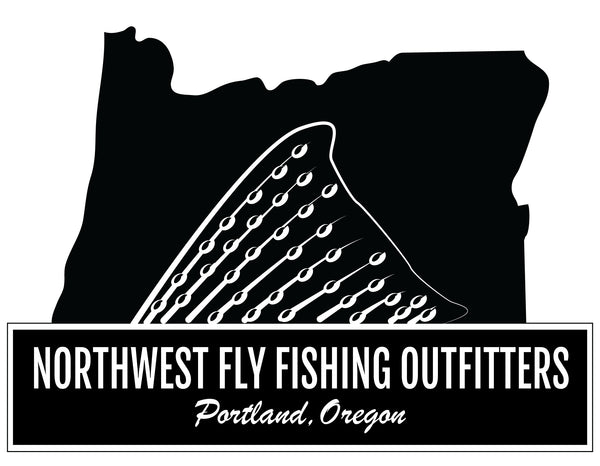Howdy ya'll, and welcome to Match the Hatch! For July's Match The Hatch, we will talk about Callibaetis.
Callibaetis mayflies, often referred to as "Speckled Duns" or "Speckled Wing Quills," belong to the genus Callibaetis within the family Baetidae, just like the Blue-winged Olives you're familiar with. As with BWOs, Callibaetis are excellent swimmers, which is ideal given that they live predominantly in stillwater.
They hatch from late spring into summer, when the days are long and the weather is warm. Afternoons tend to be prime time for Callibaetis, but cloudy or calm days with moderate temperatures and light wind tend to bring out the most activity, and the hatch could last several hours.
This mayfly species has a fascinatingly quick nymphal development stage and you can see up to three different generations within a single season. As the water warms each generation will have even less time to develop which causes them to be of a smaller size than the previous. This is something an angler should note, as they might use a size 12 earlier in the season and a size 16 towards the end. Size is important so don’t ignore it.
Look for shallow, weedy areas where Callibaetis nymphs are likely to live. These insects prefer slower-moving sections of lakes, especially near aquatic vegetation, since that is their food source. They spend most of their life resting on plant stems and leaves but swim in short bursts between plants.
While the nymphal stage is arguably the most important and productive, it benefits you to pay attention to any signs of rising fish or newly hatched insects on the water's surface as they can key in on the emerging bugs.
Another important life stage is the spinner fall when you see dead or dying mayflies floating atop the water. The rises to spinners will be much softer and less showy than rises to the dun.
I use sinking or intermediate lines when fishing the nymphs, but you could also use them under a bobber. Two good patterns for nymphs are Pheasant Tails or a sparsely dressed Hare’s Ear. For dry fly fishing on a floating line, use a Parachute Adams or Sparkle Dun. Or try a Wiese’s Purple Phase for an emerging pattern.
Colby Olson

